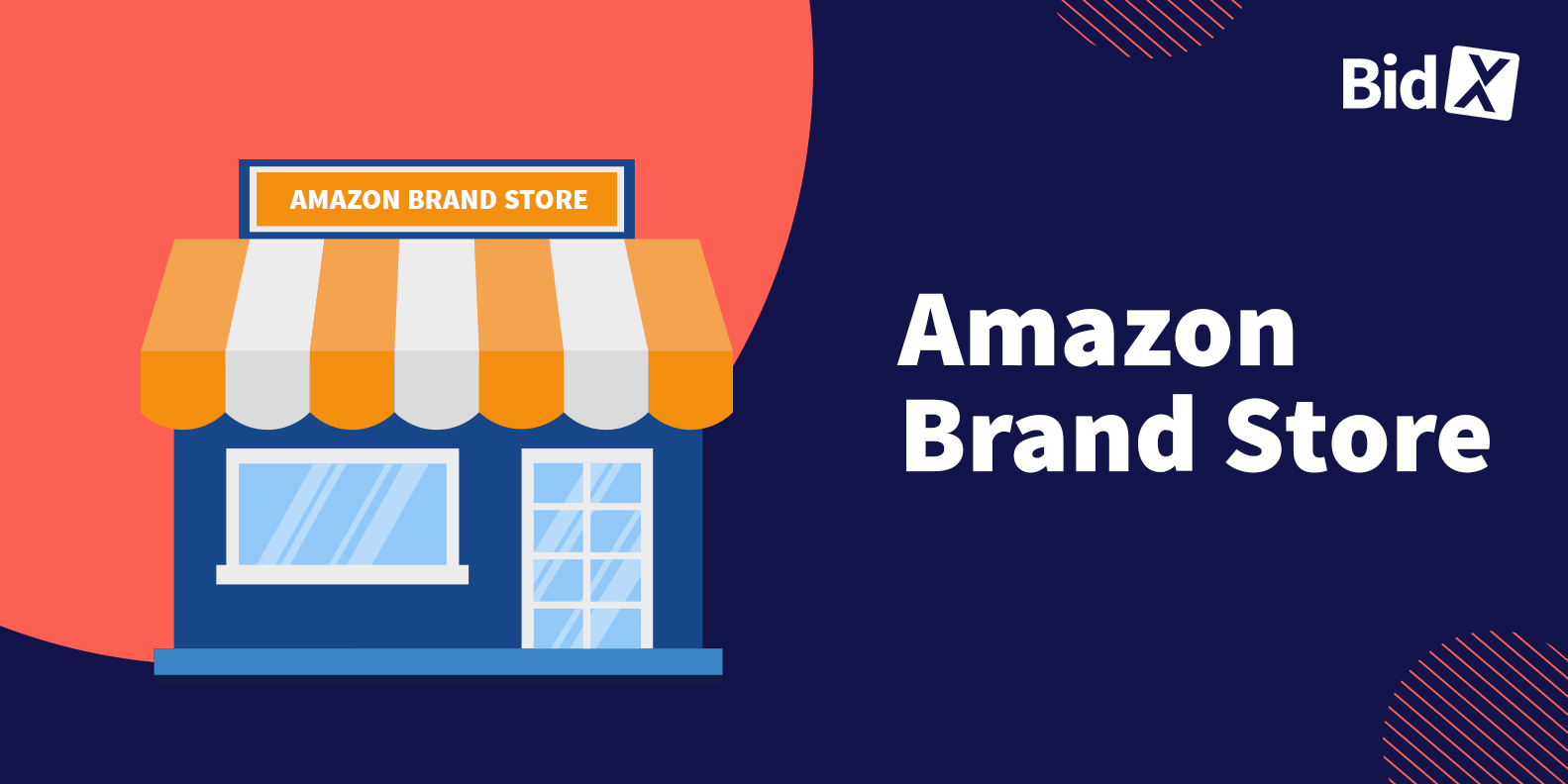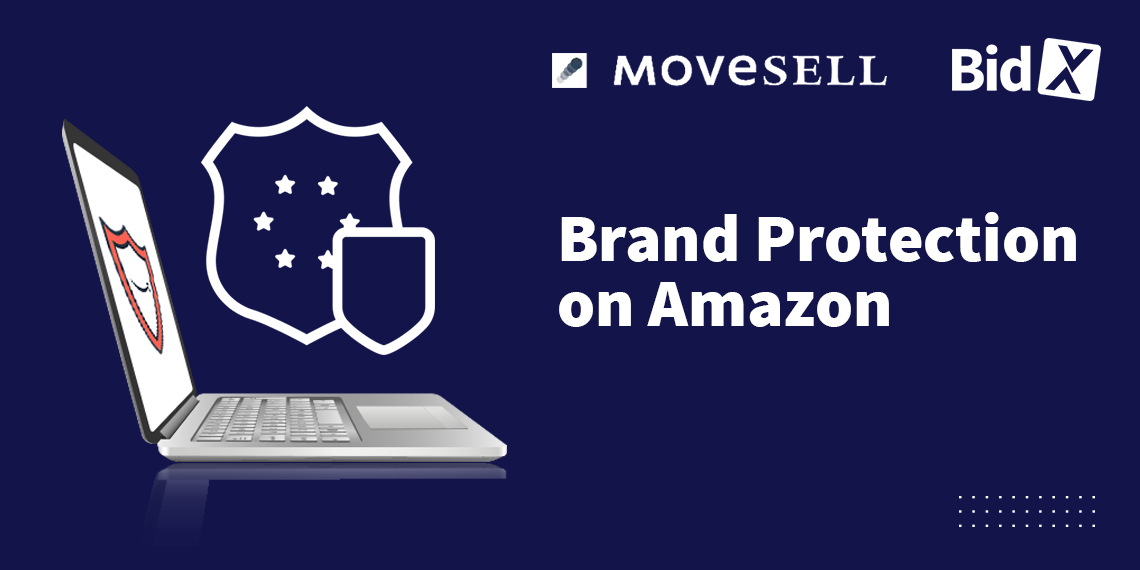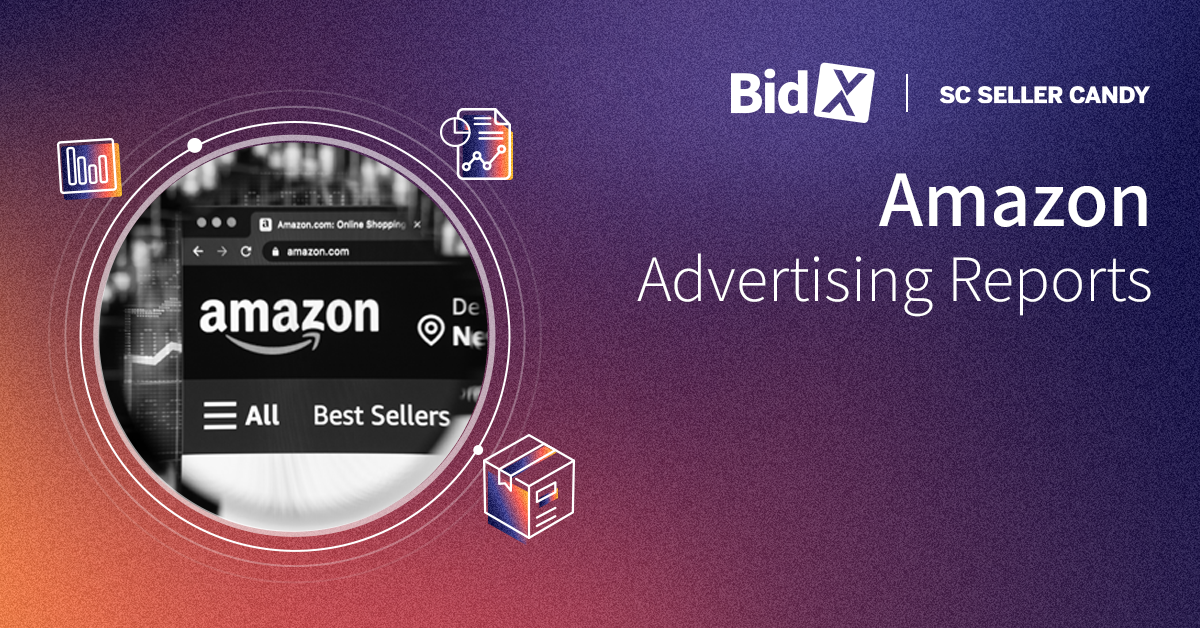Everything You Need to Know About The Amazon Brand Store
An Amazon Brand Store is a remarkable online showcase for your brand. It's a valuable free tool offered by Amazon to sellers and vendors, allowing them to create a dedicated online space that mirrors a traditional storefront. Think of it as an immersive shopping experience, a unique realm for your brand within the Amazon Marketplace, accessible with just a few clicks. With Amazon Brand Stores, you can craft an exceptional shopping experience using pre-designed or customizable templates.
Who Can Create an Amazon Brand Store?
To create a Brand Store, you must fall into one of these categories: a registered Seller in the Amazon Brand Registry, a Vendor, or an Agency. You have the option to either build your Brand Store independently or engage an agency experienced in this domain.
Key Characteristics of a Brand Store
A Brand Store helps Amazon sellers establish and enhance their brand's presence on one of the world's largest and most popular marketplaces. In essence, it offers visibility and prestige to your brand, providing the boost your business needs to excel in your niche and outshine competitors.
Amazon Brand Stores offer the following features:
- Customizable Design Templates: Amazon Brand Stores offer a diverse array of templates with distinct layouts and features that can be tailored to distinguish your brand from competitors.
- Curated Content: Sellers can incorporate an impressive blend of written and multimedia content to enrich the customer's shopping experience. Your Amazon Store allows you to emphasize specific collections, unveil new launches, showcase exclusive products, or announce sales.
- Inbuilt Integrations: Brand Stores encourage sellers to promote their products by increasing awareness and driving traffic to the store through built-in social media features such as social sharing buttons, which can be linked to promotional campaigns like Sponsored Brand Ads.
- Multiple Pages: Whether you have a diverse range of products under your brand or an extensive catalog, Amazon Stores enable you to showcase your brand and products by creating multiple pages.
- User-Friendly: The Store builder is user-friendly, intuitive, and do-it-yourself (DIY), enabling you to customize your content to engage customers. These templates are easy to use, and no coding or programming knowledge is required.
Benefits of Creating a Brand Store
Amazon has replaced Google as the number one place people go to search for products. By 2021, 74 percent of U.S. consumers were going directly to Amazon, and more than 56 percent stated that if they were given the option of buying products from a single store, then Amazon would be it. These statistics make one thing very clear —
Amazon Brand Stores are prime digital real estate. Think the Upper East Side or Beverly Hills of the e-commerce space.
Before we get into the intricacies of maximizing returns from your brand store real estate, let's look at the main benefits your business has by being there.
Your Brand Gets Credibility
Think of the difference between buying things off a street cart and a store with a sign, a window display — the works. Whose products would you trust? The store, obviously.
Similarly, the Amazon Store lets you establish brand credibility. Customers are more likely to see you as a genuine brand selling authentic products rather than a reseller selling knockoffs.
All your Products in One Place
The Amazon Store is brilliant if your business has a multitude of products on offer. You can organize them and give your customers an easy and seamless shopping experience.
You also have a higher chance of customers buying more than one thing because it's all in the same place, translating into more sales.
Helps you Launch New Products
Advertising a new product launch can cost you some big bucks, as it requires you to build Amazon SEO ranking from scratch. The Brand Store is, however, free, which means you can “advertise” your new products at no extra cost, other than Sponsored Brand advertising. An added benefit is that you can market new products to existing customers.
Brings Off-site Consumers to your Amazon Pages
Creating an Amazon Store gives you a static URL that can be shared on social media platforms. You can use it as a dedicated landing page for your products. It actually makes sense to send potential customers to your Amazon page, as your Amazon rankings go higher with the number of visitors and conversions you make.
You might want to remember that RoAS have been proven to go up by at least 22 percent when sponsored brand ads were linked to Brand Stores instead of product pages.
Thousands of brands of all sizes have woken up to the fact that Amazon can make their business grow by leaps and bounds. Brand stores provide a unique opportunity to sell like never before in the digital era on Amazon.
If you’re a small brand, just wobbling your way into e-commerce, then a brand store is a cost-effective tool to experiment with.
Setting up your Brand Store
Creating an Amazon Brand Storefront is straightforward and free. Let's guide you through the process step by step:
Step 1: Set up a Professional Seller Account
If you are not yet registered with Amazon, you should create a professional seller account. Amazon does verify the legitimacy of information, so ensure everything is filled in correctly and that your documentation is in order. You will require the following details for a professional seller account:
- Name and Contact information
- Bank account number and bank routing number + Chargeable credit card
- Government issued national ID
- Tax information
- Phone number
Your identity will also be verified, for which you need any government-issued ID card, a high-quality image of both the front and back of your ID, and your bank account statement.
Amazon will require your credit card details, since you will be charged a monthly fee of $39.99 and a U.S. bank account number for payments.
Step 2: Apply for Amazon Brand Registry
Once your seller account is active, the next step is to apply for Brand Registry.
Amazon Brand registry matters because it allows sellers to protect their brand. This suite of tools offers sellers more security while giving customers a better brand experience.
Step 3: Creating your Store and its Layout
Once you are Band Registered, log in to your Seller Central Account and go to Stores > Manage Stores.

- Click on “Create Store” and then choose your brand. If you sell multiple brands, you’ll get a list of all brands that qualify for Store Creation.

- Once you click on Create Store, you reach the store builder, where you need to enter your brand display name and your brand logo. Once you’ve uploaded your logo image, click on “Next.”
- You are now ready to create the Homepage — the first thing your customers will see when entering your store. Before selecting your preferred template, remember to add the meta description. This short text snippet will help you rank your Amazon store on Google Search and give viewers a sneak peek at your brand and products. It, therefore, needs to be appealing and informative.
- Choose from the four different templates designed for specific purposes.

Step 4: Create your Store Pages
The next step is building your store by adding pages, page sections, images, and product listing thumbnails.
Familiarize yourself with every section. Think of it as building a website for your brand while paying attention to every little detail. For example, a great user experience by making navigation easy.
Making the shopping experience easy and convenient is what e-commerce is all about, so ensure your Brand store is up to that task.
Use the “add page” on the left-hand side of the tab to build subcategory pages that your customers can access from the homepage. You can choose from any of the four templates here as well. You can also create additional subpages for your subpages. An example would be "Homepage > Headphones > In-Ear Headphones".
Play around with the various tile options to see what works best for your brand. You can also preview your store on mobile and desktop at any stage of the process.
Step 5: Content Tiles
Now add content tiles to every page. These are the elements a consumer will interact with, such as titles, images, product grids, video and image galleries, etc.
Step 6: Product Upload
Once you are happy with the layout of the different pages, you can begin uploading your products to your store. To do this, simply copy and paste ASINs or UPC codes.
Step 7: Check, Review & Publish
The last step is, of course, to check for any errors. This is where you also test your store’s navigation to ensure it's easy and user-friendly. Once all that is done, you submit the pages for review and then publish.
Measuring the Performance of Your Amazon Brand Store
The great thing about Brand Stores is that Amazon does some of the work for you. The Store's Insight is a built-in feature that allows you to track every metric of your brand store to determine its performance. The metrics you get include:
- The number of unique daily visitors
- The number of daily views
- The average number of views per visitor
- Total daily sales
- Total number of units sold
- Total number of orders placed in the store
- Average sale value per order
- Average units per order
- Your top-performing product pages
- Your top sources and tags driving in traffic to your store
Maximizing Performance of your Brand Store
Now that you have your Brand Store up and running, with products selling and daily updates, how do you ensure ongoing success and maximize your Return on Investment (ROI)? Here's how:
1. Maintain User-Friendly Navigation Ensure that your Brand Store is easy to use and navigate. Strive for a balance between uniqueness to attract customers and simplicity to create an easy and memorable shopping experience.
2. Leverage Metrics for Informed Decisions Both Store Insights and Brand Analytics are at your disposal as a Brand Store owner. These tools offer valuable insights to help you understand what aspects of your business are thriving and where improvements are needed. For instance, they can highlight underperforming product categories or pages with low traffic.
3. Share Your Brand's Story Given the enormity of the Amazon Marketplace, making your brand stand out is challenging. However, the Brand Store provides the platform to do just that. Use creative advertising and design aesthetics to let your products convey your brand's story.
Final Thoughts
Over the past few years, Amazon has evolved to a platform that allows brands to take center stage. Allowing brands to tell their story in a dedicated space increases brand awareness and engagement, driving sales.
With its net sales crossing the $400 billion line in 2021, Amazon is the largest retailer in the U.S., making it the platform brands want to be on to scale faster. And Amazon Brand Store is the way to go.
Another point that makes Brand Stores so attractive is control — it’s all in your hands. You control your brand’s image and the browsing experience. You can also customize each tiny detail of your store to enhance every aspect of your customer experience. It's a win-win!
When combined with the analytic tools provided and PPC campaigns, you have in your hands a comprehensive campaign to draw traffic. BidX can help you to succeed with your PPC campaigns and drive additional traffic to your Brand Store. Automated keyword and bid adjustments optimize your campaigns around the clock.






